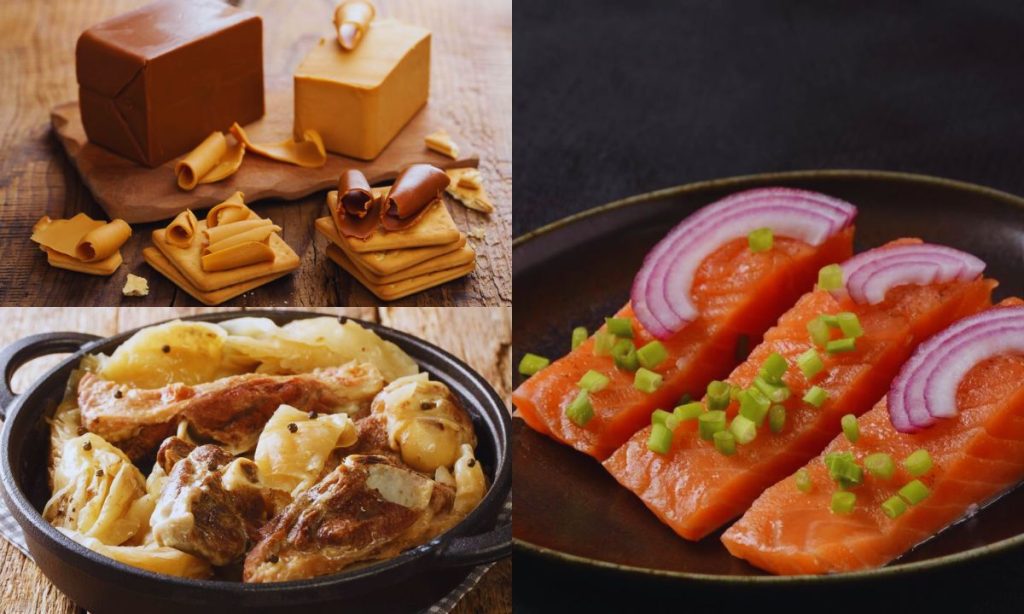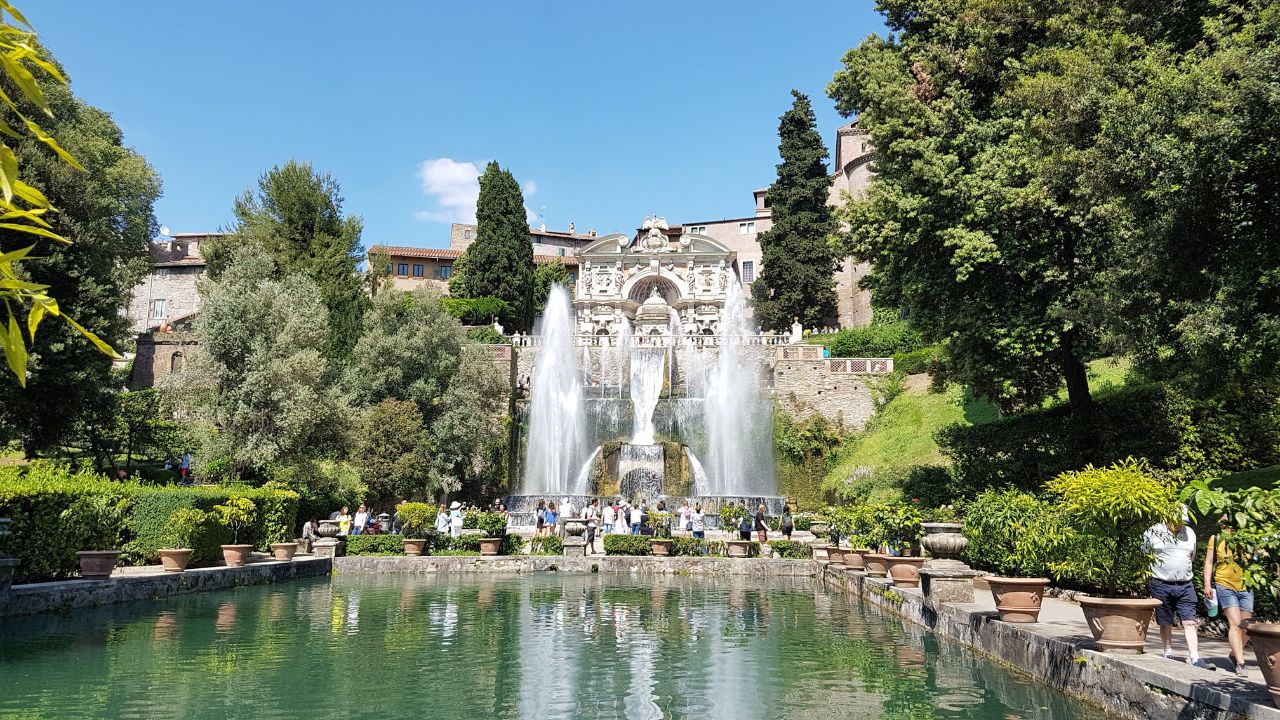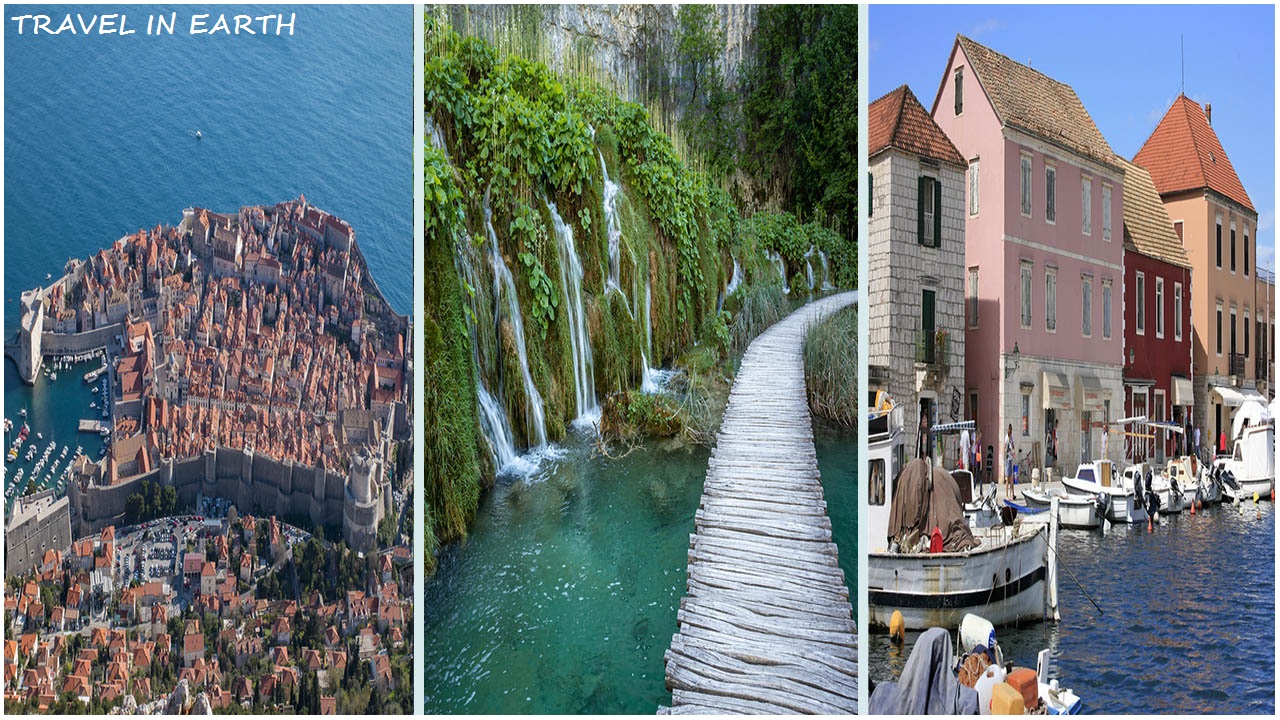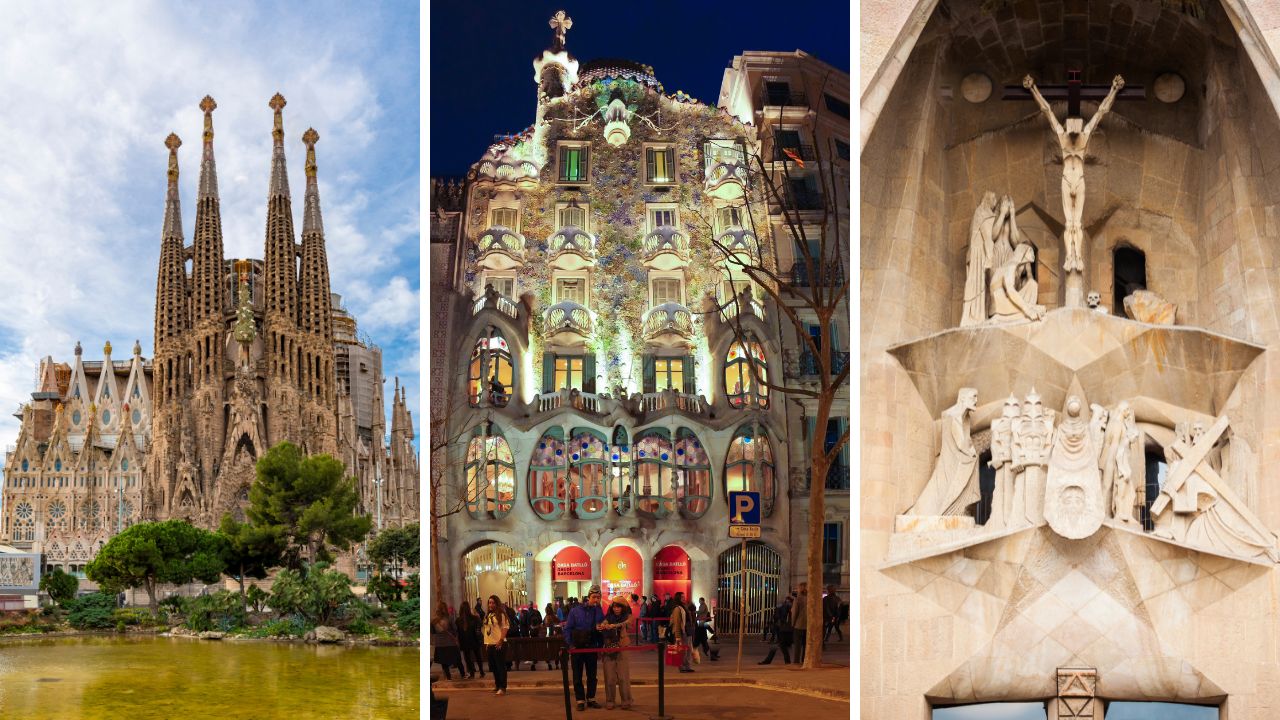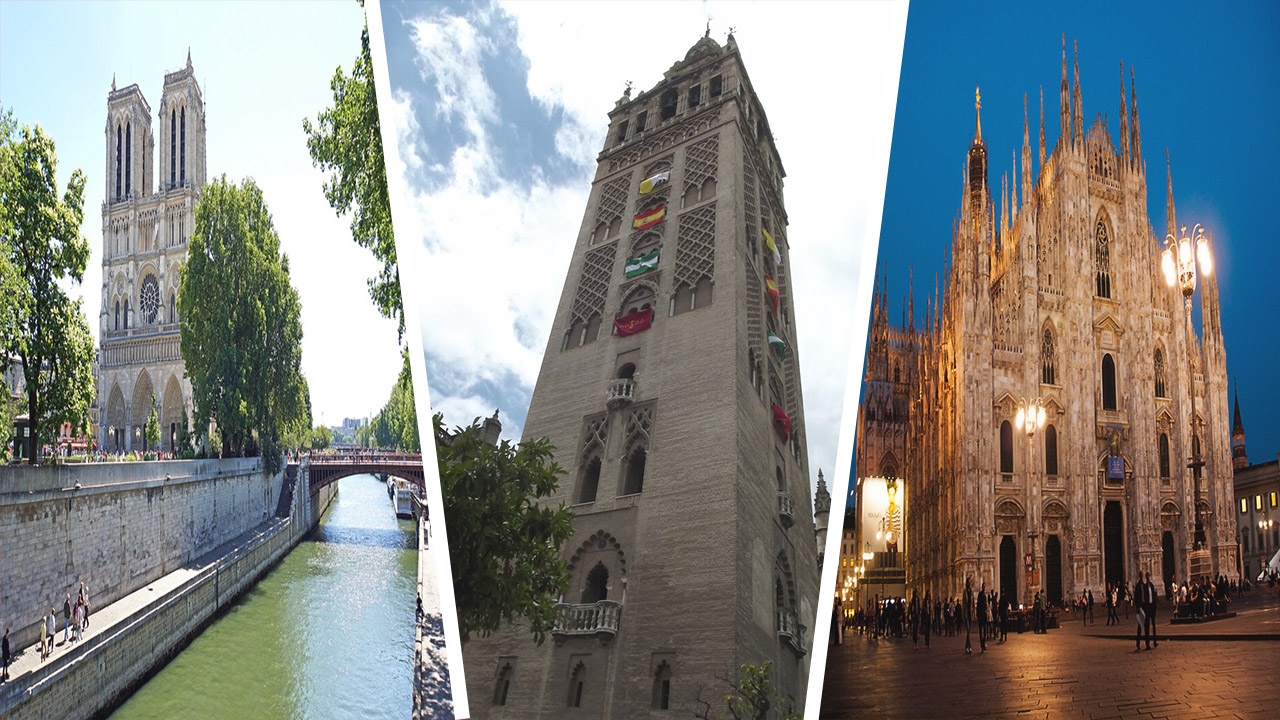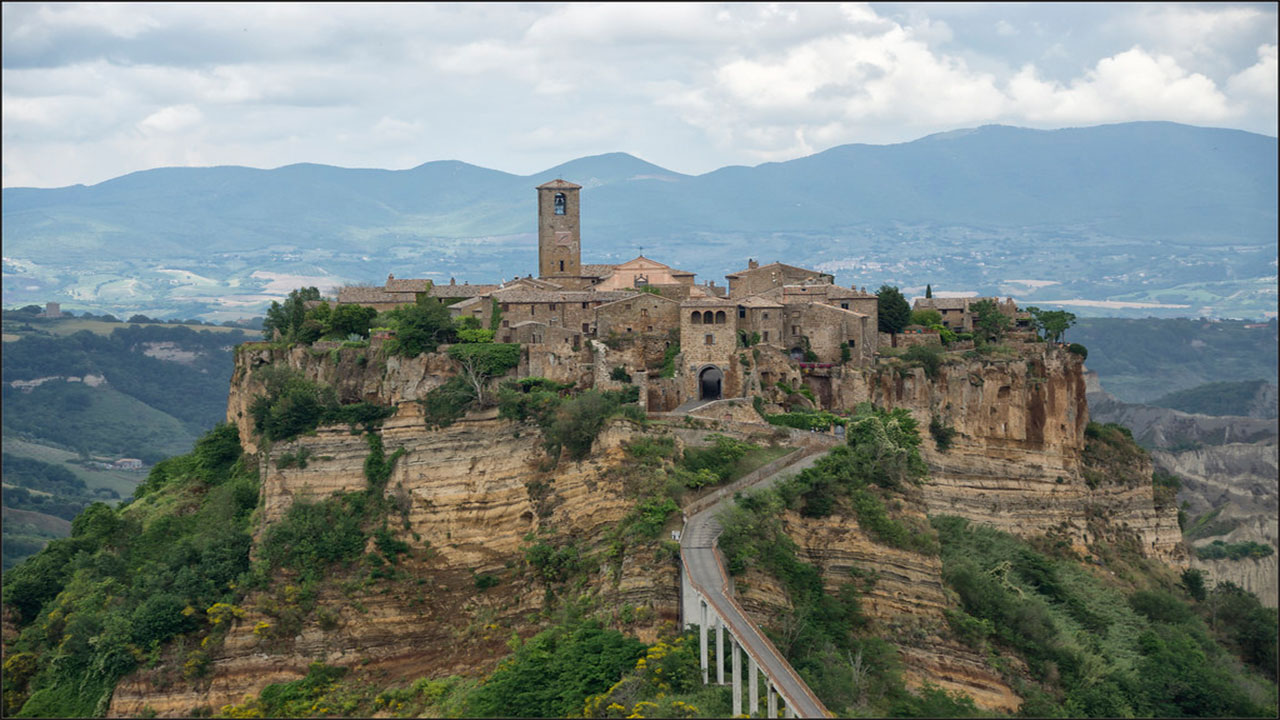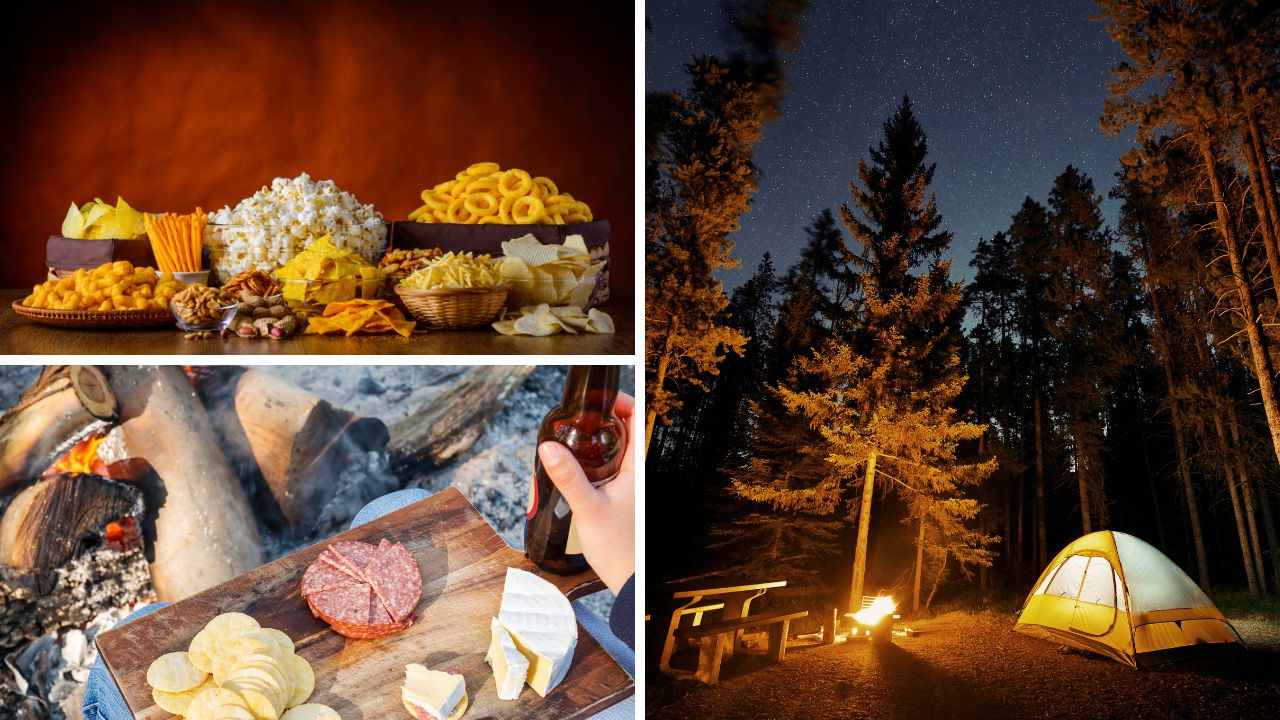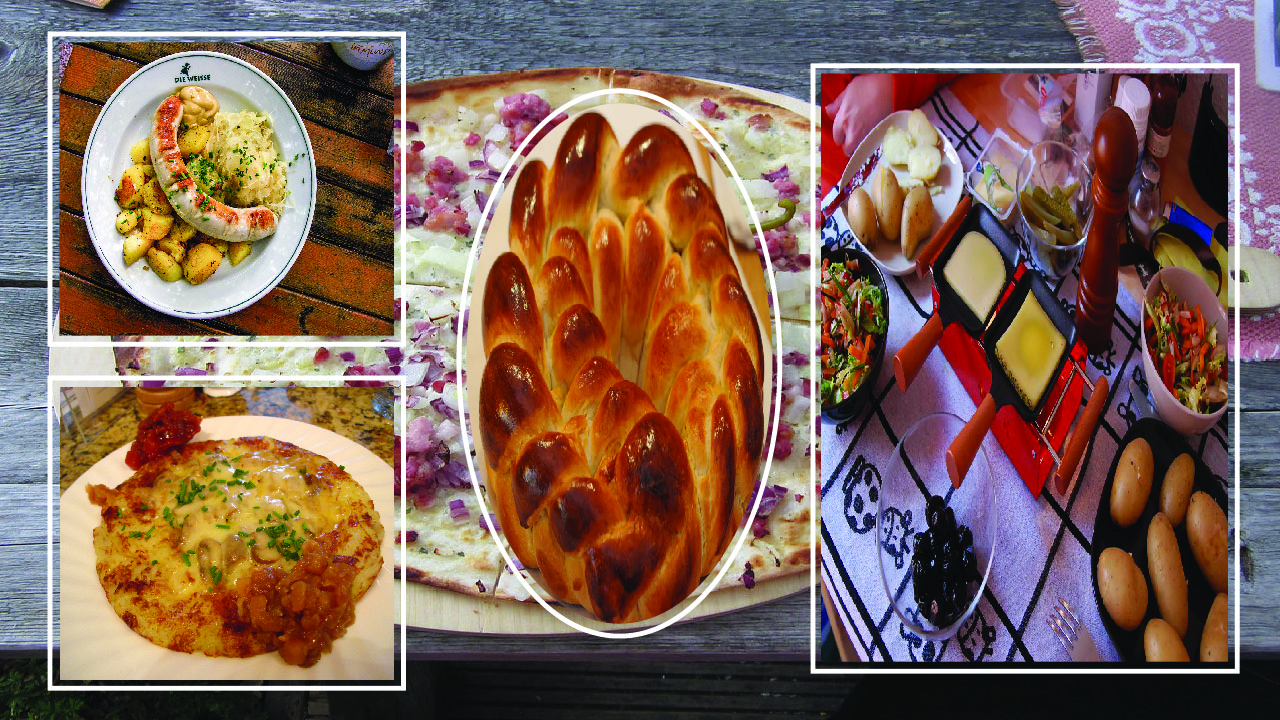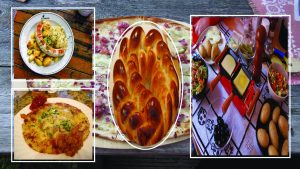Norway, a land of breathtaking fjords and stunning northern lights, is also home to a rich and diverse culinary tradition. Norwegian cuisine, shaped by the country’s long coastline, rugged mountains, and harsh climate, offers a unique blend of flavors that reflect its geography and history. From hearty stews to delicate seafood dishes, Norwegian food is a testament to the ingenuity and resourcefulness of its people. In this article, we’ll explore the top 10 most popular Norwegian foods that have captured the hearts and taste buds of locals and visitors alike.
1. Fårikål (Mutton and Cabbage Stew)
Fårikål, Norway’s national dish, is a simple yet flavorful stew that epitomizes Norwegian comfort food. This hearty meal consists of just a few ingredients: lamb (or mutton), cabbage, black peppercorns, and salt. The dish is slow-cooked, allowing the flavors to meld together, creating a rich and satisfying meal.
History and Tradition
Fårikål has been a staple in Norwegian households for generations. We can trace its origins to the 19th century, when sheep farming became more prevalent in Norway. Traditionally, people prepared the dish in the autumn, coinciding with the annual sheep slaughter.
Preparation
To make Fårikål:
- Layer pieces of lamb and cabbage in a large pot.
- Add whole black peppercorns and salt.
- Cover with water and simmer for several hours.
The long cooking process tenderizes the meat and infuses the cabbage with a rich, savory flavor. Fårikål is typically served with boiled potatoes and flatbread, making it a complete and satisfying meal.
Cultural Significance
In Norway, Fårikål is so popular that it has its own national day on the last Thursday of September. This celebration, known as “Fårikålens Festdag,” sees Norwegians across the country preparing and enjoying this traditional dish.
2. Brunost (brown cheese)
Brunost, or brown cheese, is a uniquely Norwegian product that often surprises first-time tasters with its sweet and caramel-like flavor. Despite its name, brunost isn’t technically a cheese but rather a caramelized whey product.
Production Process
To make Brunost, boil a mixture of milk, cream, and whey for several hours until the water evaporates and the milk sugars caramelize. This process gives the cheese its distinctive brown color and sweet flavor. The most common type of brunost is Gudbrandsdalsost, named after the valley where it originated.
Varieties
There are several varieties of brunost, including:
- Gudbrandsdalsost: Made from cow’s milk and goat’s milk
- Geitost: Made entirely from goat’s milk
- Fløtemysost: A milder version made from cow’s cream and milk
Serving and consuming
Typically, people slice the brunost thinly and serve it on bread or crisp bread (knekkebrd). People often include it in their packed lunches (matpakke) as a popular breakfast food. Some Norwegians also enjoy it on waffles or as a topping for ice cream.
Nutritional Value
While brunost is high in calories due to its fat and sugar content, it’s also rich in calcium and contains essential vitamins like B12.
3. Rakfisk (Fermented Trout)
For several months, salted and fermented trout forms the basis of the traditional Norwegian dish rakfisk. Despite its strong smell and distinctive taste, many Norwegians love this delicacy.
History
The practice of fermenting fish dates back to the Viking age, when it was a method of preserving fish for long periods of time. Norway’s inland areas, particularly Valdres and Hallingdal, have been producing rakfisk for centuries.
Preparation Process
To make rakfisk:
- Fresh trout is cleaned and salted.
- Next, we place the fish in airtight containers.
- It’s left to ferment for 2–3 months, sometimes up to a year.
The fermentation process breaks down the fish proteins, resulting in a soft texture and strong flavor.
Serving and consuming
During the holiday season, people typically serve rakfisk as a cold dish, often as part of a buffet. It’s usually accompanied by:
- Lefse (a soft Norwegian flatbread)
- Sour cream
- Red onions
- Potatoes
Cultural Significance
While rakfisk might be an acquired taste, it holds a special place in Norwegian culture. In November, the town of Fagernes in Valdres hosts an annual Rakfisk Festival, which draws thousands of visitors.
4. Kjøttkaker (Norwegian meatballs)
Kjøttkaker, or Norwegian meatballs, are a staple of home cooking in Norway. Unlike their Swedish counterparts, Norwegian meatballs are larger and flatter, more resembling small patties.
Ingredients
Typical ingredients for kjøttkaker include:
- Ground beef (sometimes mixed with pork)
- Onions
- Eggs
- Cream or milk
- Breadcrumbs
- Nutmeg
- Salt and pepper
Preparation
To make kjøttkaker:
- Mix all the ingredients thoroughly.
- Shape into large, flat patties.
- Fry in butter until browned on both sides.
- Finish cooking with brown gravy.
Serving
Kjøttkaker are typically served with:
- Boiled potatoes
- Lingonberry jam
- Steamed vegetables (often carrots or peas)
- Brown gravy
Variations
There are regional variations of kjøttkaker across Norway. For instance, some regions incorporate grated potato into the meat mixture to enhance its moisture and texture.
5. Lutefisk (Lye Fish)
Lutefisk is perhaps one of the most infamous Norwegian dishes, known for its gelatinous texture and strong odor. Dried whitefish, usually cod, undergoes a lye treatment to create this traditional dish.
Historical Background
The exact origins of lutefisk are unclear, but it’s believed to date back to the Viking era. According to one theory, people accidentally discovered lutefisk when they preserved fish in lye to prevent it from rotting.
Preparation Process
Making lutefisk entails several steps:
- Soak dried cod in cold water for several days.
- Next, a lye solution soaks the fish.
- To remove the lye, soak it in cold water once more.
This process results in the fish’s unique jelly-like consistency.
Serving and consuming
Traditionally, people serve lutefisk during the Christmas season. It’s typically accompanied by:
- Bacon
- Mashed green peas
- Boiled potatoes
- Cream sauce or melted butter
Cultural Significance
While lutefisk has a reputation for being an acquired taste, it remains an important part of Norwegian culinary heritage. Many Norwegians, particularly those with roots in coastal areas, consider it an essential part of their Christmas celebrations.
6. Smalahove (Sheep’s Head)
Smalahove, or sheep’s head, is a traditional Western Norwegian dish that might seem intimidating to the uninitiated but is considered a delicacy by many Norwegians.
Historical Context
Smalahove originated in an era where it was considered imprudent to waste any part of an animal. Traditionally, the poor ate it, but over time, it evolved into a festive dish, often served before Christmas.
Preparation
Smalahove preparation involves several steps:
- To remove the wool, we first torch the sheep’s head.
- They then split it in half and remove the brain.
- We salted and occasionally smoked the head.
- Finally, it undergoes a three-hour boil or steam.
Serving and consuming
Smalahove is typically served with:
- Mashed rutabaga (kålrabistappe)
- Boiled potatoes
- Aquavit (a traditional Scandinavian spirit).
Eating the dish methodically begins with the eyes and ears, which are considered the best parts.
Cultural Significance
While smalahove might not be an everyday meal for most Norwegians, it remains an important part of Norway’s culinary heritage, particularly in the western regions.
7. Gravlaks (Cured Salmon)
Gravlaks, which literally translates to “buried salmon,” is a Nordic dish of raw salmon cured in salt, sugar, and dill. This delicacy is popular not just in Norway but throughout Scandinavia.
Historical Background
The name “gravlaks” comes from the ancient Nordic method of preserving fish by burying it in the sand above the high-tide line. The salt in the sand would cure the fish, while the cold temperatures would keep it fresh.
Modern Preparation
Today, gravlaks are prepared by:
- Covering salmon fillets with a mixture of salt, sugar, and dill
- Place a weight on top of the fillets.
- Refrigerating for 24-48 hours, turning once
- To serve, slice thinly.
Serving Suggestions
People often serve gravlaks as an appetizer or as part of a buffet. Common accompaniments include:
- Mustard-dill sauce (hovmestersaus)
- Lemon wedges
- Capers
- Dill sprigs
- Bread or crackers
Nutritional Value
Gravlaks is high in protein and omega-3 fatty acids, making it a nutritious as well as delicious choice.
8. Pinnekjøtt (Dried and Salted Lamb Ribs)
Pinnekjøtt, which translates to “stick meat,” is a festive dish traditionally served on Christmas Eve, particularly in Western Norway.
Historical Context
Like many traditional Norwegian dishes, pinnekjøtt was born out of the need to preserve meat through the long, harsh winters. The process of salting and drying the meat facilitated its long-term storage.
Preparation Process
Preparing pinnekjøtt involves several steps:
- We salted, dried, and occasionally smoked lamb ribs.
- We soak the ribs in water before cooking to remove excess salt.
- The name “stick meat” comes from steaming the meat over birch sticks.
- Cooking time is typically 2-3 hours.
Serving and Accompaniments
Pinnekjøtt is usually served with:
- Mashed rutabaga (kålrabistappe)
- Boiled potatoes
- Lingonberry jam
- Beer and aquavit are traditional beverages to accompany the meal.
Regional Variations
While pinnekjøtt is most closely associated with Western Norway, it’s enjoyed throughout the country. Some regions smoke the meat before drying, adding another layer of flavor.
9. Lapskaus (Norwegian Stew)
Lapskaus is a hearty Norwegian stew that exemplifies the country’s “husmannskost,” or “poor man’s food,” tradition. This comforting dish is perfect for cold winter days.
Ingredients
Lapskaus typically includes:
- Beef or lamb (sometimes leftover meat)
- Potatoes
- Carrots
- Consider incorporating other root vegetables, such as rutabaga or celery root.
- Onions
- Beef broth
Preparation
To make lapskaus:
- The meat is cubed and browned.
- Add the vegetables and cook them until they are tender.
- Add the broth and simmer the stew until it thickens.
Variations
Lapskaus comes in two primary types:
- Lys lapskaus (light stew): Made with light-colored ingredients
- Brun lapskaus (brown stew): Includes darker ingredients like brown gravy.
Cultural Significance
Lapskaus represents the Norwegian tradition of using simple, available ingredients to create filling, nutritious meals. It’s a popular dish for using up leftovers and is often associated with home cooking and comfort food.
10. Krumkake (curved cake)
Krumkake, which means “curved cake” in Norwegian, is a delicate, cone-shaped waffle cookie that’s a staple of Norwegian Christmas celebrations.
Historical Background
Krumkake has been a part of Norwegian cuisine for centuries. Traditionally, people made these cookies over open fires with specially designed irons.
Ingredients and preparation
Krumkake batter typically includes:
- Flour
- Eggs
- Sugar
- Butter
- Cream
The process of making krumkake involves:
- Preparing a thin batter
- Cooking the batter on a krumkake iron (similar to a waffle iron)
- Roll the flat cookie into a cone shape while it’s still hot.
Serving and consuming
You can eat krumkake plain or fill it with whipped cream, fruit, or other sweet fillings. People often serve them alongside coffee or as part of a Christmas cookie platter.
Cultural Significance
Krumkake is an integral part of the Norwegian Christmas tradition. Many families have their own recipes passed down through generations, and making krumkake is often a family activity during the holiday season.
Conclusion
Norwegian cuisine, with its emphasis on local ingredients and traditional preparation methods, offers a fascinating glimpse into the country’s culture and history. From the hearty fårikål to the delicate krumkake, each dish tells a story of Norway’s landscapes, climates, and people. While some dishes, such as brunost and gravlaks, have gained international recognition, others, like smalahove and lutefisk, remain unique Norwegian experiences.
These top 10 popular Norwegian foods represent just a small sample of the country’s rich culinary heritage. They showcase the Norwegian ability to create delicious meals from simple, readily available ingredients—a skill honed over centuries of living in a challenging northern climate. Whether you’re planning a trip to Norway or simply want to explore Nordic cuisine, trying these dishes will give you a true taste of Norwegian culture.
As Norway continues to evolve and embrace global culinary trends, these traditional foods remain an important link to the past. They’re not just meals, but vessels of cultural memory, family traditions, and national identity. So the next time you have the opportunity, why not sample some of these Norwegian delicacies? You might just discover a new favorite dish!

